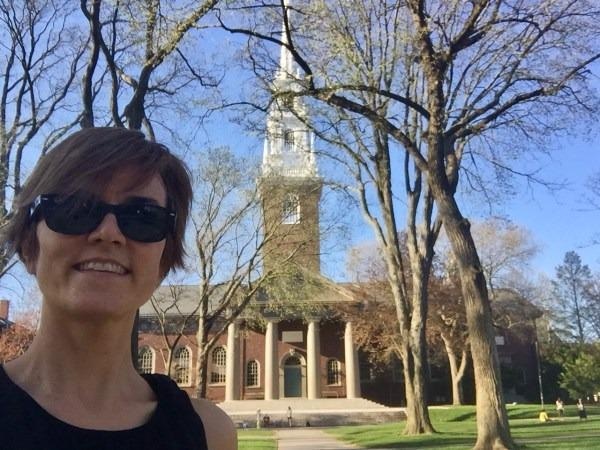Written by AZoQuantum
Dr Rosario González-Férez, a scientist from the Department of Atomic, Molecular and Nuclear Physics and the “Carlos I” Institute of Theoretical and Computational Physics of the University of Granada, has demonstrated a new kind of bi-molecule created from two nitric oxide (NO) molecules, both in the Rydberg electronic state and in their ground state.

The findings of the study have been reported in a study titled “Ultralong-Range Rydberg Bi-molecules” published in the renowned scientific journal Physical Review Letters.
The work was enabled by the scientific collaboration between the scientist and the Institute for Theoretical Atomic, Molecular and Optical Physics (ITAMP) at Harvard University.
The study commenced during her stay at Harvard between March and July 2020, implying that the complete process, right from data collection and analysis to final written conclusions, was carried out during the Covid-19 pandemic.
The stay was financially supported by the Fulbright Foundation and the Salvador de Madariaga program of the Spanish Ministry of Science, Innovation and Universities, wherein Dr González-Férez enjoyed the scientific collaboration between ITAMP’s Hossein R. Sadeghpour and Janine Shertzer.
This new kind of bi-molecule is the outcome of the fusion of two molecules of nitric oxide (NO) whose structure has been organized such that the NO is situated in one of the poles, whereas, it is the NO+ ion in the other one.
The electron orbits around both poles, serving as a “glue” that secures this bi-molecule. Besides, its size corresponds to between 200 and 1,000 times that of NO, and its lifespan is quite long to allow its visualization and experimental control, as these delicate systems are controlled in a simple manner through extremely weak electric fields.
This kind of bi-molecule allows scientists to carry out and analyze chemical reactions at low temperatures from a quantum point of view and aids the study of intermolecular interactions at huge distances, as they tend to co-occur at low temperatures.
Dr González-Férez notes that the use of such bi-molecules in quantum technologies would be fascinating both for the processing of data by entanglement and for the advent of quantum sensors, with several technological applications in quantum computing and quantum optics.
Dr González-Férez will continuously pursue her study with two research teams, one from the University of British Columbia in Canada and the other one from the University of Stuttgart in Germany, with the aim of experimentally making this bi-molecule and verifying the theoretical estimations made in the past year.
Journal Reference:
González-Férez, R., et al. (2021) Ultralong-Range Rydberg Bimolecules. Physical Review Letters. doi.org/10.1103/PhysRevLett.126.043401.
Source: https://www.ugr.es/en




